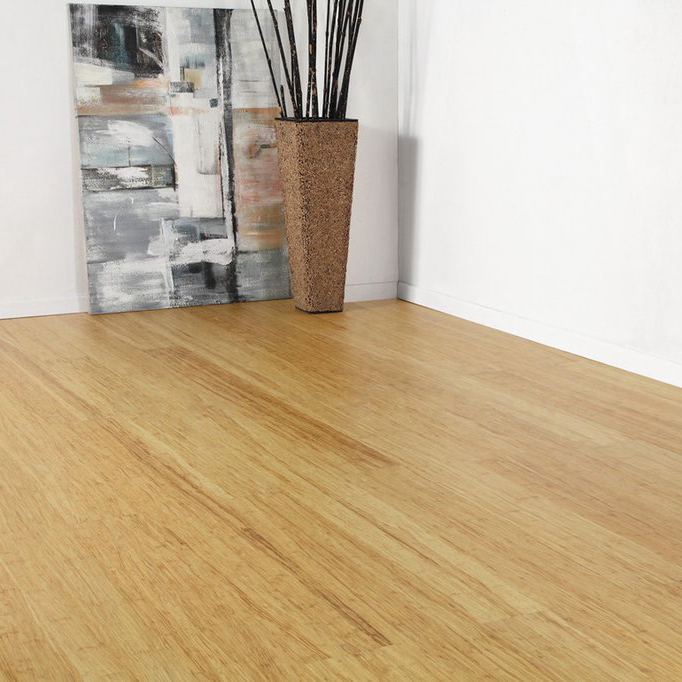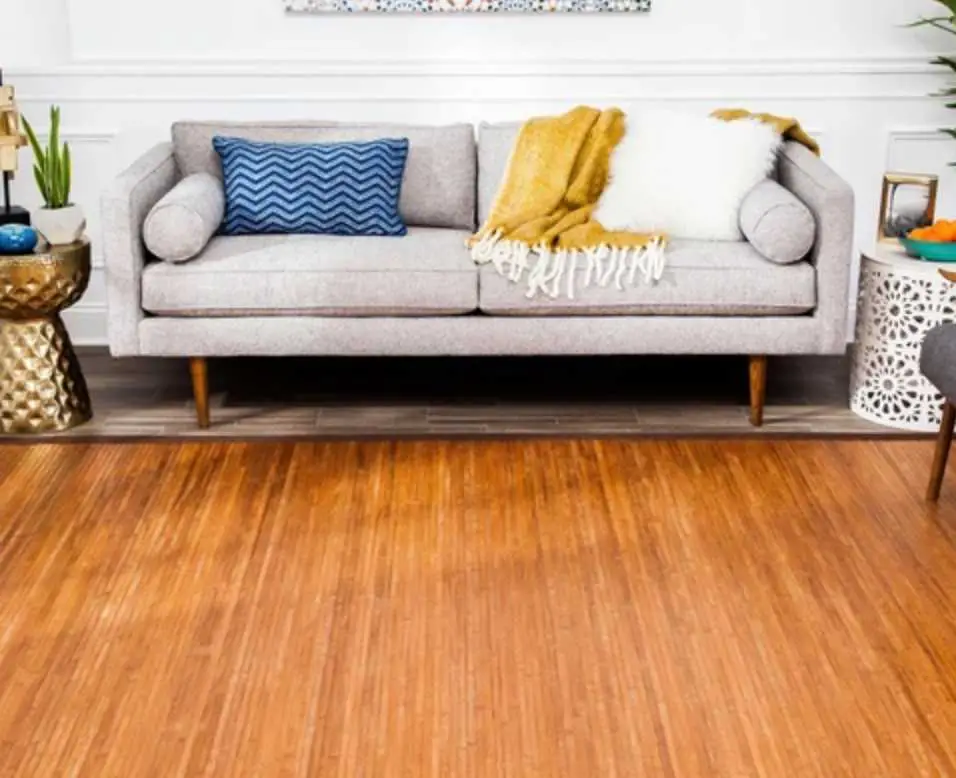
Bamboo flooring is famous for several homeowners due to its advantages. It has ended up being the major choiced flooring for service and property owners whenever there is requirement for sustainability.
Bamboo simply like timber, is at risk to dents and also fracturing when moisture levels fluctuate.
Are you thinking about bamboo flooring for your residence? Matter on your own fortunate because this write-up will reveal you every little thing you need to recognize. We will review its attributes to take into consideration. We will certainly additionally discuss the various kinds of bamboo flooring available on the marketplace. Keep analysis!
Sorts Of Bamboo Flooring
There are three standard alternatives: strand-woven, upright, and also horizontal. Homeowners can select which type of bamboo flooring to get based upon their characteristics. The purchaser's intended aesthetic effects the picked Bamboo flooring kind.
Engineered Bamboo Flooring
Both solid and engineered bamboo flooring choices are offered. When the bamboo timber fits, it isn't very easy to distinguish between them.
But their differences are due to their making. Crafted bamboo wood has a slim plywood backing.
But, whether crafted or strong, bamboo flooring is sturdy, resilient, and also eye-catching.
Engineered bamboo flooring uses the drifting wood flooring over a slim foam base. They may likewise remain in the kind of broad slabs. They are offered in sizes up to 19 cm.
Solid - Horizontal Bamboo Flooring
You will certainly observe that this kind is almost the same as upright bamboo flooring. Yet it has a slight variation. Straight bamboo is just one of the most preferred sorts of bamboo flooring.
It is made by drying substantial strips of bamboo, cutting these bigger pieces into thinner strips, and after that gluing them to develop planks. The boards will then be subject to stress as well as warmth to ensure they are well attached.
Natural bamboo has a lighter color. While carbonized bamboo will certainly be less tough than routine bamboo, if you require a darker shade, it may do you great.
Strand Woven Bamboo Flooring
Shredding the bamboo to extract the fibers is just one of the much more tempting steps in generating strand-woven bamboo floors.
The bamboo fiber is usually mixed with a sticky after it's made to a pulp. The product is after that weaved and pressed together under wonderful heat, as the name suggests.
After making straight and also upright bamboo, the strips offer to develop hair woven bamboo. The eco-conscious buyer may find this feature appealing. The reason is that it guarantees that the entire bamboo stalk generates very little waste.
Strong - Vertical Bamboo Flooring
Thin strips of dry bamboo wood glued up and down and also pushed utilizing high warm as well as pressure create this kind of bamboo flooring.
The thinnest side of the bamboo planks will be in a vertical type. A firm bonding, pushing, and lamination will certainly adhere to. Because of their approach of joining, the bamboo strips feature a slim grain pattern.
The good thing about this kind of bamboo flooring is that it is sturdy and also very budget-friendly. Also, it offers a sophisticated and also elegant floor finish. It is not commonly available.
Attributes And Also What to Keep in Mind When Selecting Bamboo Flooring
With a multi-layered finish, bamboo flooring will certainly be quite resilient. Maintain in mind that future touch-ups may require a much more experienced flooring professional.
Likewise, using your finish will certainly make matching repairs less complicated once established in your home. Yet the finish will not last as long as factory coatings.
Other than that, below are some exciting features of bamboo flooring.
Eco-Conscious
This flooring comes from a natural plant called the bamboo plant. When compared to other tree varieties made use of to make wood flooring, bamboo grows even more and much faster.
Inexpensive Upkeep
You can maintain bamboo flooring in good condition by cleansing and also damp mopping. In spite of being a lot more susceptible to scrapes, bamboo flooring is extremely easy to preserve.
You may get bamboo floorings that are comparable to new by sanding them down and using a fresh coat of paint.
Long lasting
Bamboo flooring is not created equivalent. There are many kinds of bamboo, and also the various techniques made use of to turn it right into planks influence its resilience.
Thus, bamboo, like hardwood flooring, can end up being susceptible to tear and wear gradually. Scraping, breaking, as well as other wear and tear might occur. You can likewise sand some bamboo to appear like wood, yet not all.
Profits
It's simple to recognize why bamboo flooring has come to be more popular nowadays. For virtually any residence, bamboo uses several solid and audio options for the atmosphere. Therefore, bamboo flooring may be the best alternative for upgrading your flooring.
We will additionally talk about the various kinds of bamboo flooring offered on the market. Home owners can choose which kind of bamboo flooring to buy based on their qualities. Straight bamboo is one of the most prominent kinds of bamboo flooring.
While carbonized bamboo will certainly be less difficult than normal bamboo, if you need a darker color, it may do you excellent. After making horizontal as well as upright bamboo, the strips offer to develop hair woven bamboo.
Bamboo Flooring
Manufacture of Bamboo Flooring
Stranded bamboo is made by shredding the bamboo stalks into small strands, which are compressed into sheets using heat and resin binders, then cut into planks to use as building materials. This form of flooring is available both as tongue-and-groove planks that are nailed down, as well as planks that float over the underlayment. This is a premium form of bamboo flooring, available in many colors.
Horizontal bamboo flooring is manufactured by cutting the strands into thin strips which are then glued together to form planks. This type of flooring has a "grain," since the long stalk fibers are visible in the flooring. This type of bamboo is not as hard or durable as stranded bamboo, but it can have a very striking appearance. It, too, is available both in nail-down planks and as floating floor planks.
Engineered bamboo flooring is made by bonding a thin layer of bamboo onto a plywood or MDF core. This flooring is comparable to engineered hardwood and is installed in the same way—usually with click-lock planks that float over a foam underlayment. It is the least expensive (and least durable) form of bamboo flooring, and it cannot be refinished.
Unless it is stained, most bamboo flooring has a natural blonde or amber color that resembles unfinished maple or birch, but darker tones are available through a process called carbonizing, which entails subjecting the planks to high temperatures. While the color can be very attractive, carbonized bamboo is softer than uncarbonized forms, and is more susceptible to scratching.
Eco-Friendliness
Environmentally conscious consumers are often drawn to bamboo as a wholly renewable resource. Unlike the hardwood lumber industry, where trees can take decades to mature, bamboo stalks grow so fast that there is little environmental liability to the harvest practices. Moreover, bamboo stalks that are cut simply continue to grow and replenish themselves so that they can be harvested.
But the manufacturing process creates other environmental concerns. Bamboo floor planks are manufactured by slicing or shredding the stalks of bamboo grass plants and then compressing the pulp back together using heat, pressure, and a resin-based adhesive identical to those used in many other flooring products. This adhesive often contains urea-formaldehyde that can outgas into the air.1
The level of adhesive used and the amount of toxins emitted will vary, depending on how the bamboo planks are manufactured. Cheaper products may contain more formaldehyde, while more expensive products may use alternative materials in the resins. The amount of formaldehyde used in bamboo flooring is similar to that found in engineered hardwood flooring or MDF sheathing, and it tends to be a problem only for sensitive individuals.2 But if this concerns you, look for bamboo products labeled as formaldehyde-free.
Bamboo Flooring Cost
This material is priced at about the same level as most hardwood floors. You can find bamboo flooring products ranging from about $2 to $8 per square foot, with a national average of $3.84 per square foot. Installation costs for bamboo flooring are much the same as for hardwood flooring. On average, figure on adding about $4 per square foot for installation labor in addition to the cost of materials. You should be able to get a good-quality bamboo installed for less than $10 per square foot, including materials and labor.
https://www.thespruce.com/benefits-and-drawbacks-of-bamboo-floors-1314694

I'm just very inquisitive about How to Clean Bamboo Floors and I hope you appreciated our blog post. You should take the time to share this blog post if you liked it. I love reading our article about Bamboo Flooring.